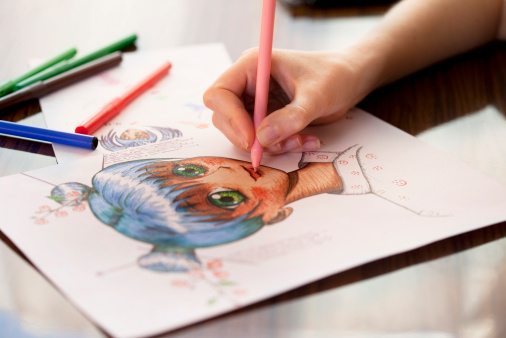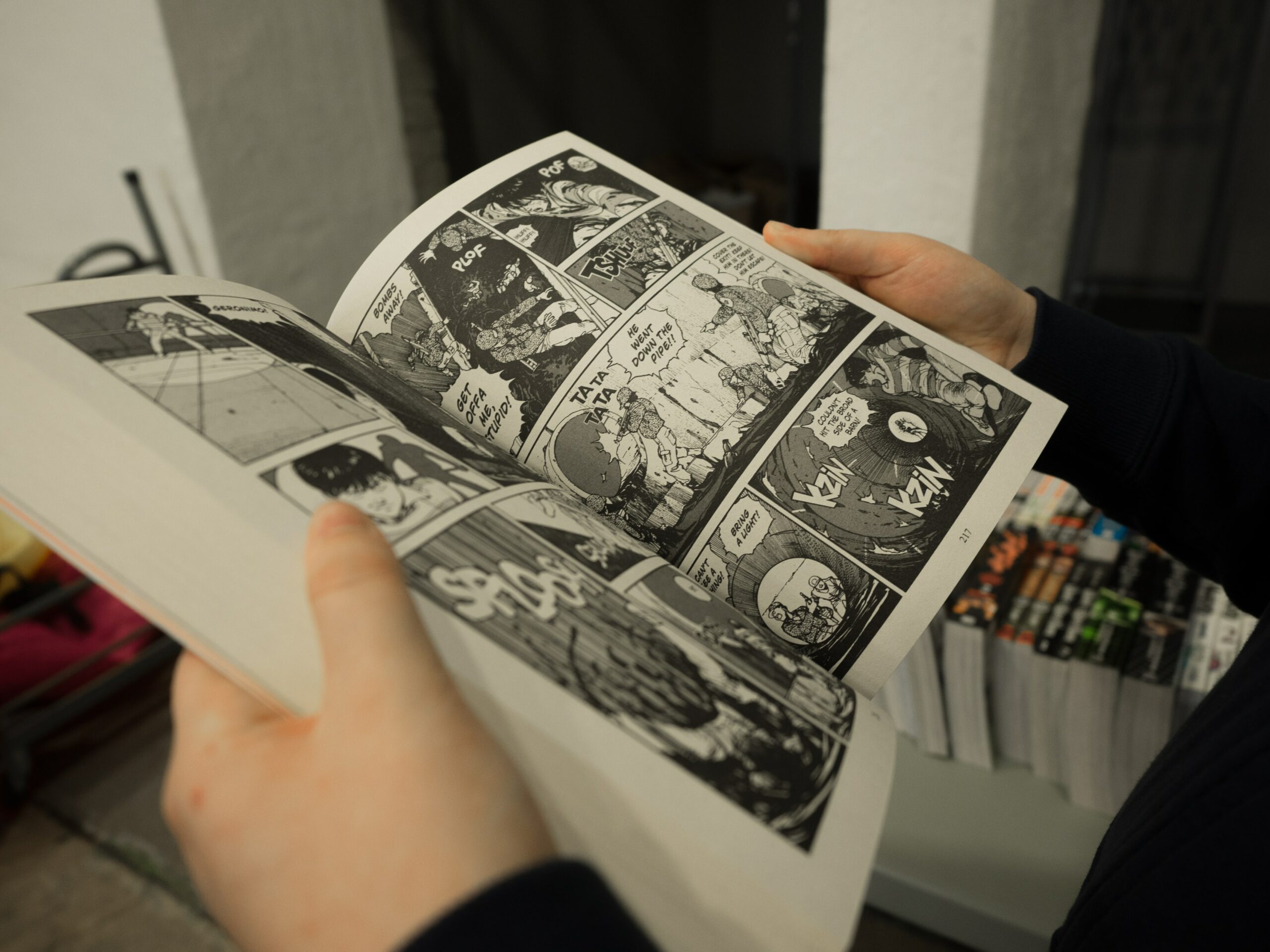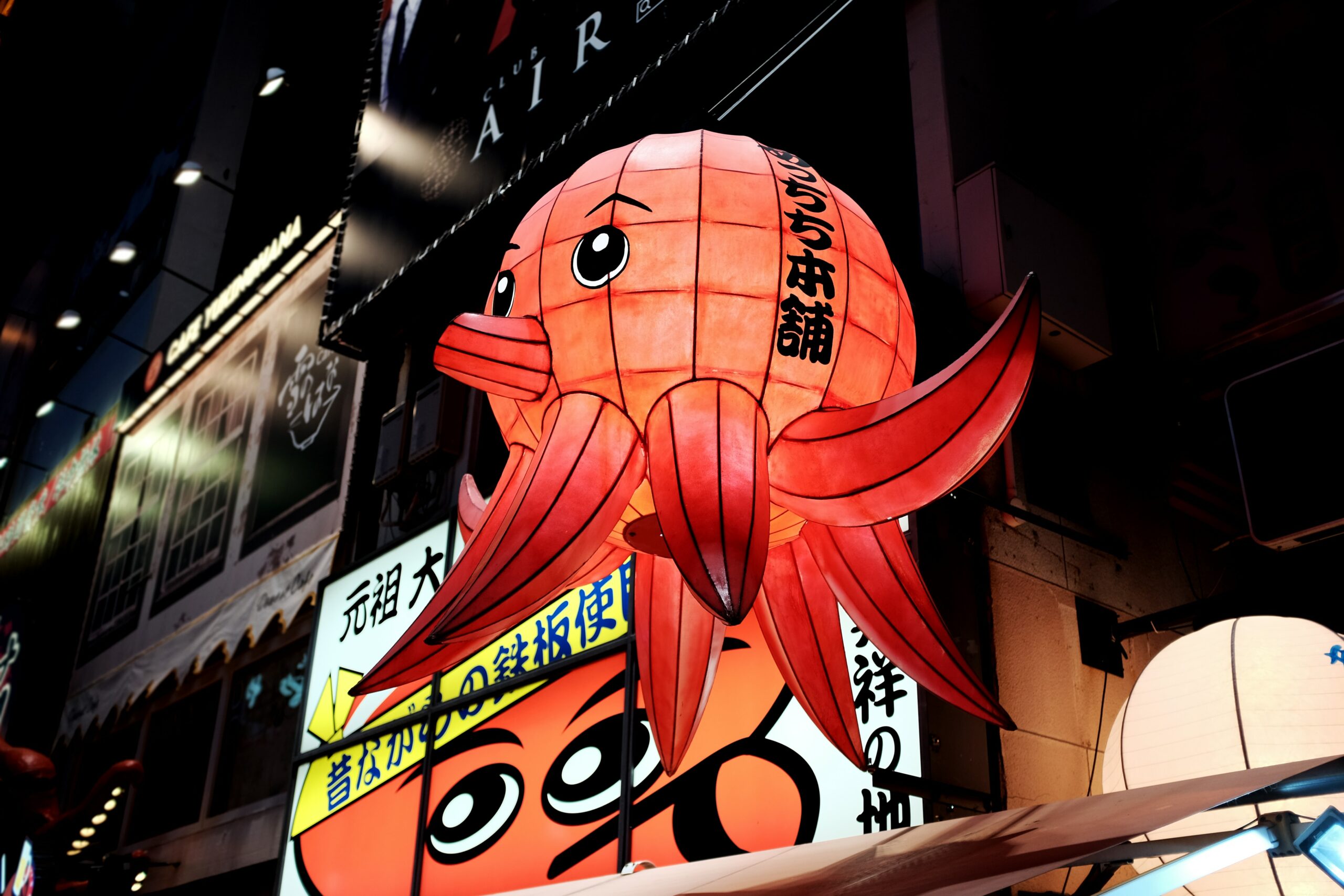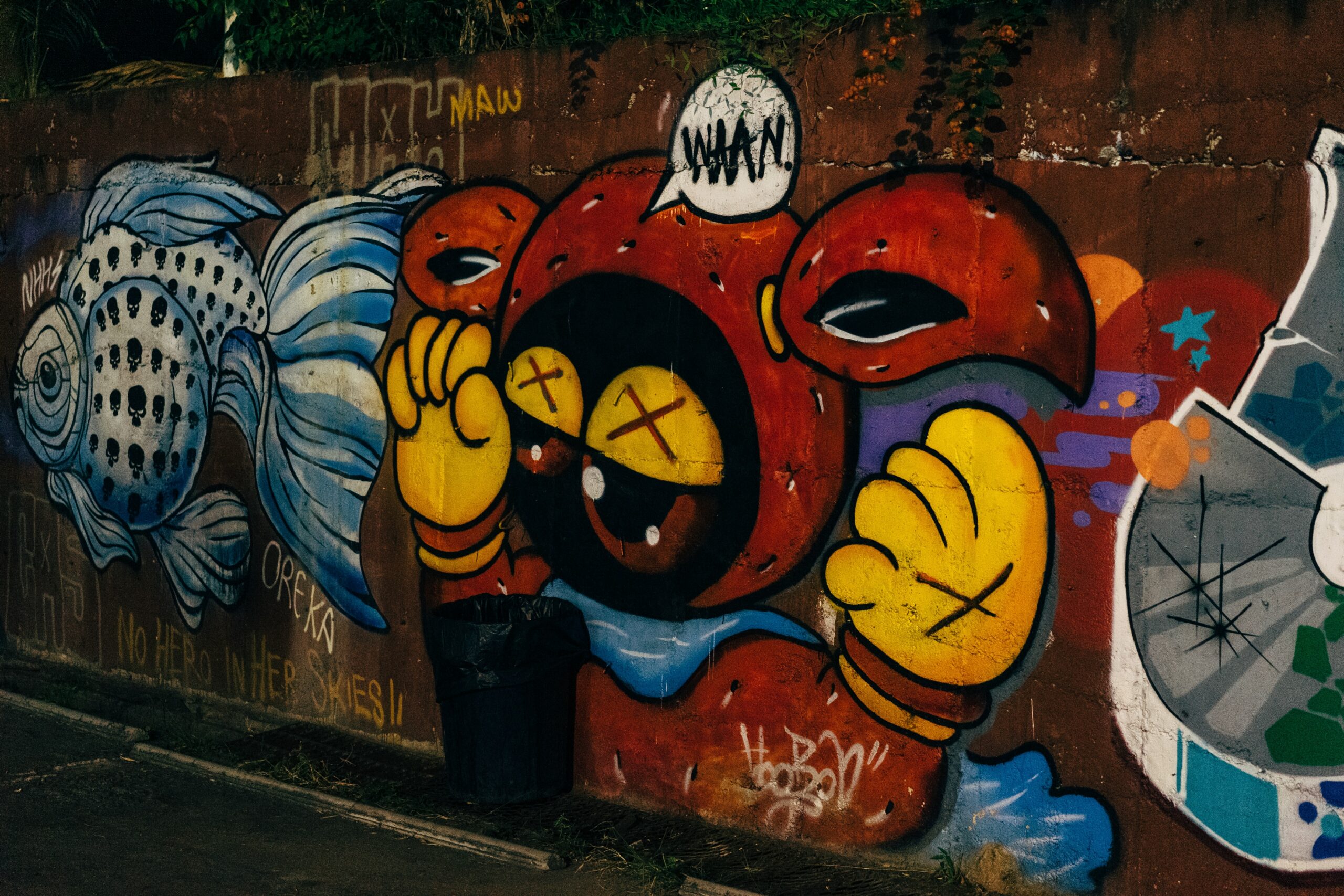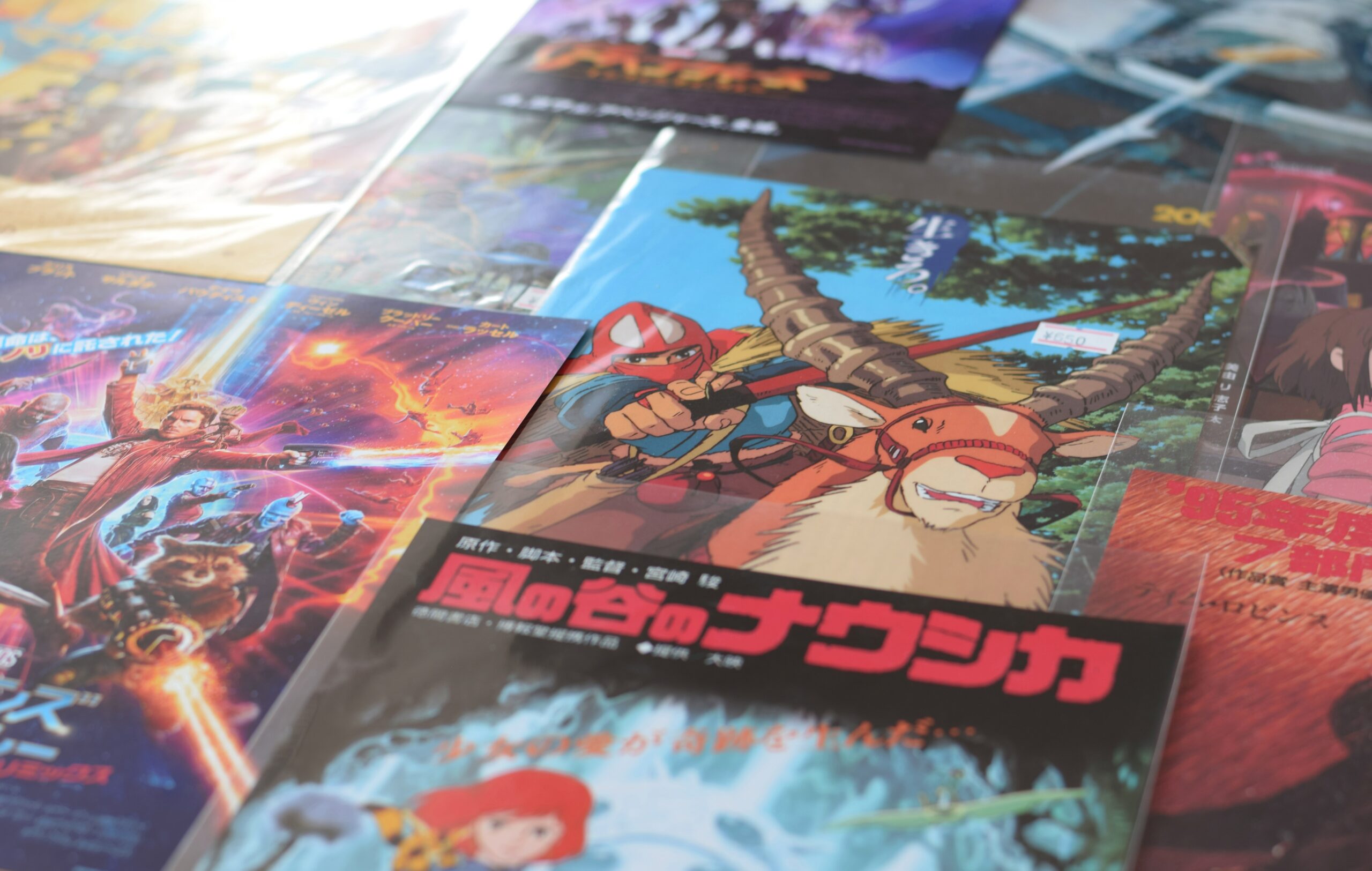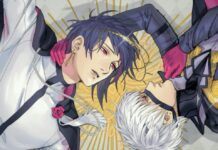Visual narrative is a significant component of Manga. Many different types of Japanese comic books and graphic novels fall under the umbrella term “manga,” which encompasses all of them. Unlike American comic books, Japanese Manga is often printed in black and white.
Full-color prints are more common on limited-edition releases. Manga is usually read right-to-left in Japan, as opposed to left-to-right in English. If you’ve only ever been exposed to English-language journals, you won’t even notice the difference after some time.
A weekly or monthly manga release like Weekly Shonen Jump is the standard in Japan (in circulation since 1968). In the case of a popular series, so-called “tank books” may be released that comprise merely a few chapters of the whole story.
It’s not uncommon for manga series to endure for an extended period and include several volumes. The new series must be read sequentially. Compared to a 42-book series like Dragon Ball, a 12-volume series like Sailor Moon would make this more accessible.
Manga for tween and teen boys:
Action, humor, and camaraderie are all common themes in Shonen Manga stories. For more than three decades, Shonen Jump has published some of the most popular Shonen manga series of all time. Among the most famous Japanese Manga series are Naruto and Dragon Ball, both by Masashi Nishimoto.
Manga for tweens and teens:
There is a heavy emphasis on drama and emotion, especially on romanticized love relationships in this picture. This passage from childhood to maturity is a common theme in both shoji and showmen manga.
Covers for shoji Manga often feature pinks and roses, as well as other beautiful imagery. There is no need to suppose that shoji Manga is only about happy, uplifting topics.
As with any other genre, they have a wide range of stories to choose from. “Like CLAMP’s Coreceptor Sakura, where a 10-year-old girl with magical powers must save her city from foes, this is a very different story. Pretty Guardian Sailor Moon, sometimes known as Sailor Moon, is a manga series created by Naoko Takeuchi.
Sailor Moon is one of the best-known shoji series. Teenage high school girl Usagi Tusking, the reincarnation of the famous Sailor Moon, realizes that she has taken on the role.
There is an excellent emphasis on drama and emotion in this picture and romanticized and unrealistic romantic relationships. She and her fellow Sailor Sensei are tasked with protecting the Earth from evil forces in the name of the Moon.
Men about Manga:
Shonen-style action and violence are common in Helen’s Manga. In terms of tone and content, it’s a more serious novel, with more material like violence, and foul language.
Seined is the category for a series that does not fit into any other category, such as Shonen or Shoji. “However, characters in the Shonen series tend to have unrealistic expectations of the world, which might be a problem.
Characters in the Seined series frequently have to deal with the harsh realities of life, in which the hero does not always triumph. It is common for Siemen’s covers to be edgy, dark, and dominated by men. Akira by Katsuhiro Oromo, one of the most popular seined films, has become an international phenomenon thanks to its innovative anime adaptation.
 Ladies about Manga:
Ladies about Manga:
This isn’t always the case with Josei manga, which includes more stories about love. There are a lot of josei comics that have both male and female leads.
Homoerotic interactions are every day among male characters, but this isn’t always the case. Look inside a josei manga instead of at the cover if you want to find out what’s within it.
Loveless, by Yun Kouga, is one of the most popular josei manga series. When Ryosuke’s older brother was brutally murdered, he had to rely on a mysterious stranger named Soubise to find out what happened.
Manga geared toward children:
It’s not uncommon for these shows to be cheesy, preachy, and overly sentimental. As far as the Kodomomuke series go, Pokémon manga and anime are among the most popular.
There are two separate sub-genres of Manga and anime:
There are various forms of animation in Japan, and the term “anime” is only one of many. Manga adaptations like Dragon Ball Z and Sailor Moon are what most people connect with the name “anime.”
In the 1990s, these two series, which were shown on American television, had a tremendous impact on the worldwide popularity of Japanese animation. A manga series can be made into an anime series if it becomes popular enough.
A popular original anime will be turned into a Japanese Manga in some instances, while the opposite is true in others. So it is impossible to utilize them interchangeably.
What more do we know about Manga?
There are shoji and seined manga’s for adults. No law forbids it. Everything comes down to personal choice. Hiram Arakawa’s Full metal Alchemist, for example, appeals to people of any age or sexual orientation. It’s impossible to categorize Manga like Promised Neverland and Otsuka.
Both of which are Shonen Manga, although they feature female characters. Because it describes the distinctions across manga series, this knowledge will be helpful to readers. If you’re looking for heart-wrenching drama or mindless frolics, you’ll find it in Manga.
Manga has a reputation for over-exaggeration, whether it be in comedy or art. Keep in mind that fan service is also essential. This is a type of art that exists solely for the enjoyment of the audience. To serve as gratuitous stuff, fan service never contributes to the story or character development.
Like, for example, a character in the show’s most significant role dressed in a revealing outfit. An overabundance of fan service in Nakeya Suzuki’s Seven Deadly Sins makes it unfit for young children.
Every Japanese Manga has some fan service, but it can be anything from light-hearted to downright depraved. An unfortunate trend in Manga is the overexposure of female characters, especially the main female characters.
For the sake of your children, especially impressionable young guys, we strongly recommend that you read the Japanese Manga yourself before handing it over to them. There is a wide variety of well-written and well-developed series that are suitable for readers of all ages. To help you find Manga for middle-schoolers, we’ve included some titles for younger readers.


